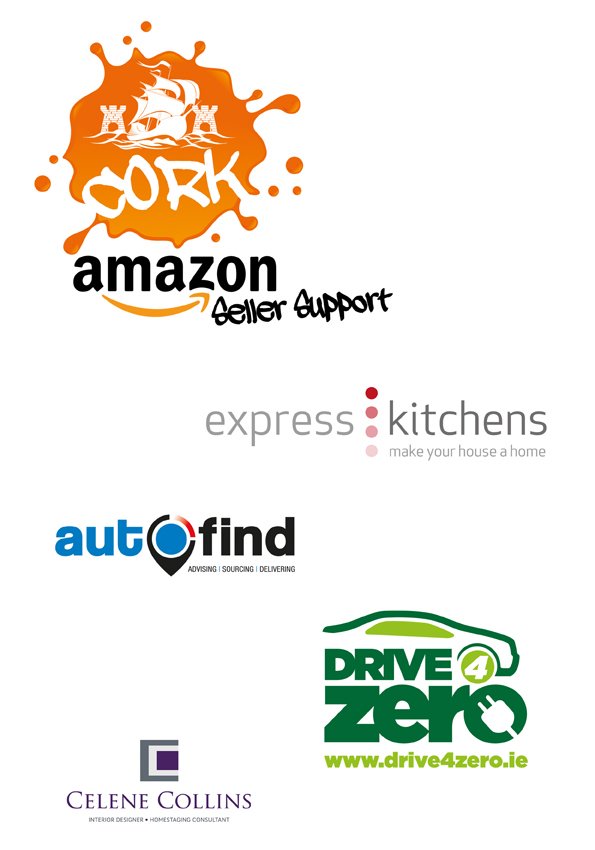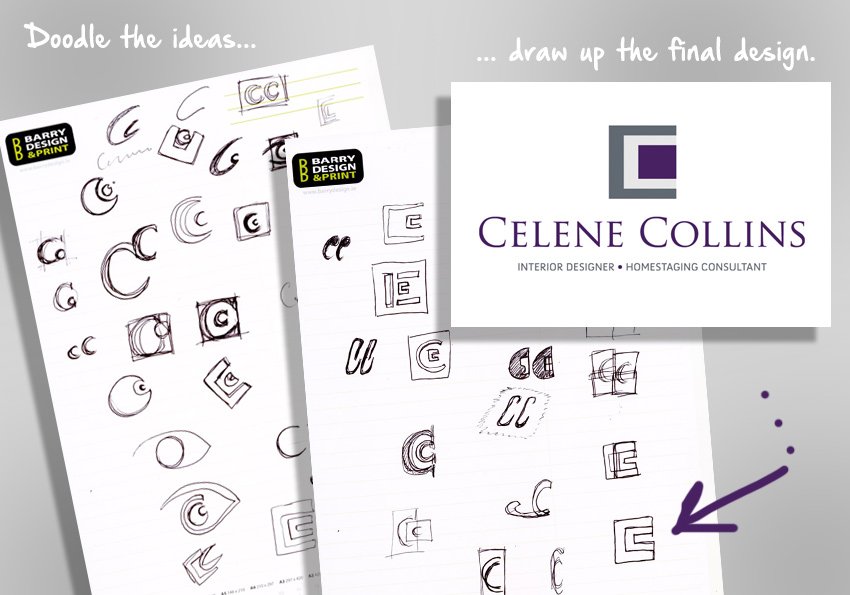 Your brand is more than your logo – it is what differentiates you from the competition. Designing a brand identity that connects with your target market is essential if you want them to engage with you.
Your brand is more than your logo – it is what differentiates you from the competition. Designing a brand identity that connects with your target market is essential if you want them to engage with you.
Designing a brand identity that influences customers’ experience at any point, from your business card, to your website, to your office or shop, subconsciously impacts on their view of your business as a whole.
What are the key elements of a strong brand identity?
- Be Distinct – catch the audience’s attention and stand out from the competitors.
- Be Memorable – make a visual impact. Apple is a great example, with such a memorable logo there is no need to have their name on products.
- Be Flexible & Scalable – it is important that your brand can grow and develop along with your business.
Let’s look at the stages of designing a brand identity.
Research
Don’t skimp on this, it really is the foundation of a strong brand identity. It is the findings of this research that form the design brief for your branding.
- Analyse the market and where you sit amongst your competitors for the services or products you offer. Ask yourself the ‘what–why–where–who–how’ questions.
- Consider the history of your product or service and your uniqueness in the market.
- Imagine your brand as a person – what is its personality? What is the image you want to create? What are your beliefs and values?
- Equally as important as your own image, is to know and understand your audience. Where are they most likely to have contact with your brand? Is it digital, printed literature, shop displays etc.? Consider this carefully in your design to ensure they have a good contact experience, take action, and remember your brand.
Sounds a daunting start, I know, but this is vital groundwork for success when designing a brand identity.
Logo
Next is the logo. Once your designer has read the design brief created from the research information he can start work on ideas for your logo. Here at Barry Design we love this part! Out come the pencils and sketch pads and creativity flows. Getting concepts down on paper can often lead to new directions and ideas. Once we have selected the best sketch concepts we then make digital versions and a unique logo is created.
A designer can only create a logo that resonates with your brand if the initial research has been carried out.
Brand Identity System
To compliment your logo and strengthen your brand you need a brand identity system. This is taking aspects of your logo to use for other marketing activities, or stationary etc.
- This could be removing the words from your logo to create a simple emblem for social media profiles or garment branding perhaps.
- Use your colours. Many of the most successful brands use no more than three main colours in their branding. Own your colours and use them in various marketing pieces, connecting the colour to your brand.
- Choose clear fonts that connect to your brand identity. Use strong fonts for your logo and other design elements like headings on your website or printed brochures. Select a lighter font to provide contrast when needed.
Once designing your brand identity is complete it’s a good idea to create a style-guide document noting all styles, fonts, colours etc used for your branding. This will ensure unity, continuity and flexibility of your brand.
If you want a brand identity that stands out in the crowd, the creative and experienced design team here in Barry Design would love to help. Why not give us a call today on 021 435 4598?

